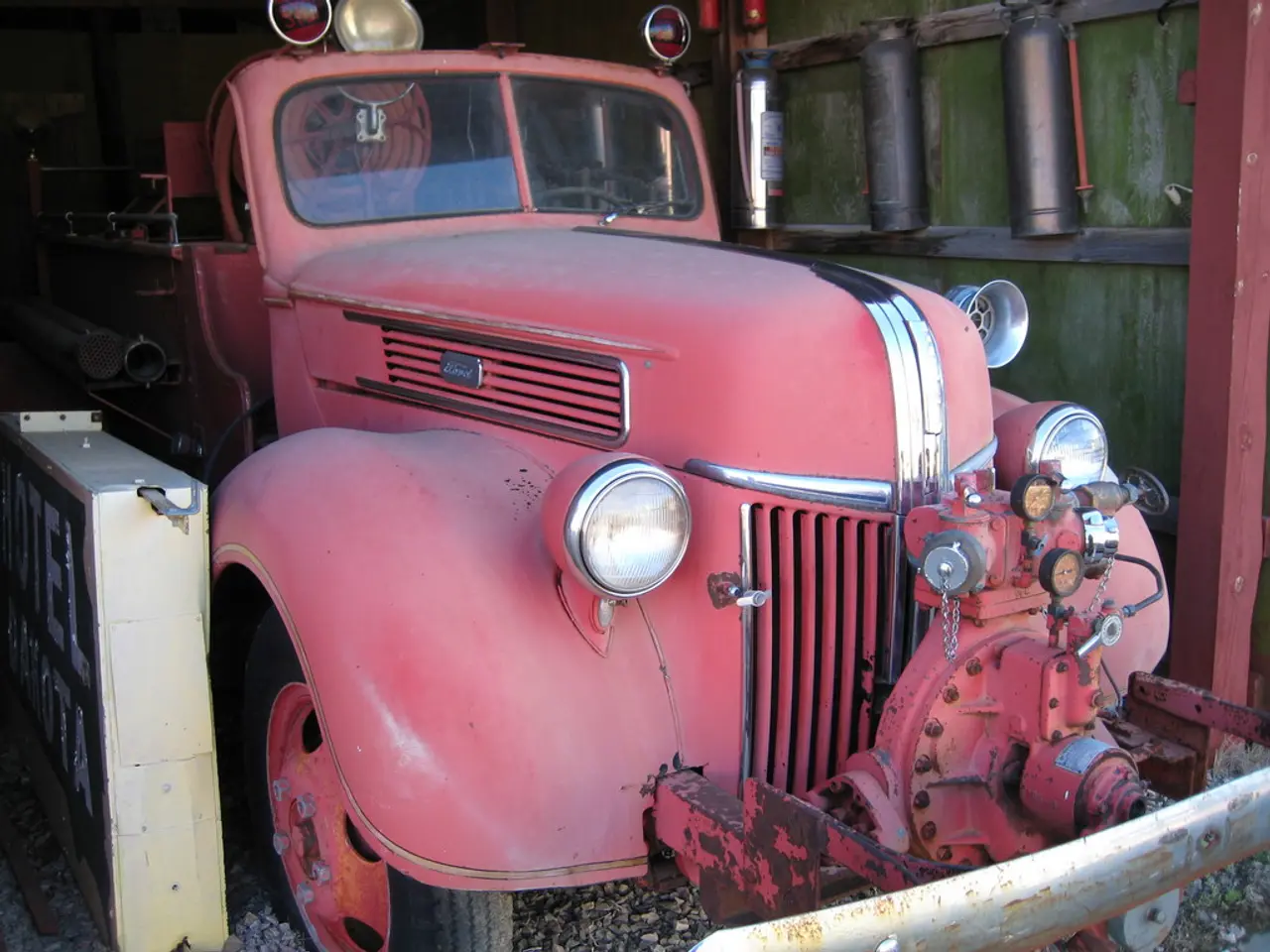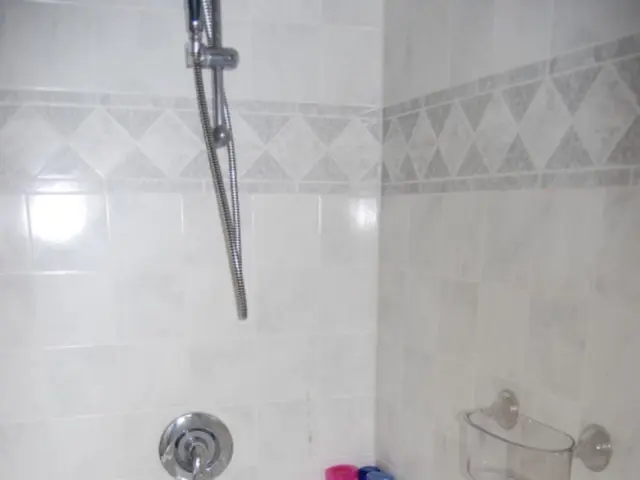Dangerous House Fires: Risks Lurking Beyond the Inferno's Reach
House fires are a significant concern in the United States, with more than 1 million occurring each year. These fires can be caused by various factors, and understanding them is crucial for prevention.
Common Causes and Prevention
Cooking accidents, electrical appliances and wiring faults, careless smoking, heating equipment misuse, and candles are the most common causes of house fires. Cooking alone accounts for over half of accidental house fires, largely due to unattended pans, grease buildup, and distractions. Electrical fires often result from overloaded sockets, damaged wiring, or faulty appliances.
Preventing fires at home involves awareness and proper maintenance. Never leave cooking unattended, keep flammable items away from heat sources, regularly inspect and maintain electrical appliances and wiring, avoid smoking indoors (especially bedrooms), and use heating devices safely without using them to dry clothes. Installing smoke alarms and fire extinguishers enhances safety.
Smoke Inhalation and Carbon Monoxide Risks
Deaths in house fires are often caused by smoke inhalation (smoke poisoning), not severe burns. Smoke contains toxic gases and particulates that impair breathing and cause fatal respiratory damage quickly.
Carbon monoxide (CO) poisoning is a critical hidden danger related to house fires and malfunctioning fuel-burning appliances. CO is a colorless, odorless gas produced by incomplete combustion of fuels like natural gas, oil, wood, and coal. Common sources in homes include gas furnaces, water heaters, fireplaces, attached garages (from running vehicles), portable generators, and malfunctioning cooking appliances. Blocked chimneys or dirty flues can trap CO inside, as well as fires in fireplaces with inadequate ventilation.
CO poisoning symptoms mimic flu-like illness (headache, dizziness, nausea, confusion, fatigue) and can rapidly progress to unconsciousness and death. Vulnerable populations include infants, pregnant women, and individuals with heart or lung issues. The key prevention steps are installing properly maintained carbon monoxide detectors, ensuring routine servicing and ventilation of fuel-burning appliances, never running vehicles in attached garages, and using portable generators outdoors.
Safety Measures and Recommendations
- It is never safe to enter a burning home, even if you think you are away from flames, due to the quick onset of smoke inhalation.
- If you notice flames or fire in or around your home, call 911 immediately.
- Inhaling burnt plastic and the toxic combustion of materials in the home can impair respiration and cause suffocation.
- Cyanide is a poisonous chemical gas that prevents the body from absorbing and using oxygen.
- It is recommended to use a new space heater equipped with safety features such as a tip-over feature.
- After use, throw fireplace/grill ashes away in a proper receptacle once they've cooled completely.
- Keep all heating sources clean and make sure all electrical wiring doesn't pose a hazard.
- People who have sustained carbon monoxide poisoning may face additional health risks such as cognitive delays or neurological issues after a house fire.
- Space heaters should be operated in an area with ventilation.
In summary, understanding the common causes of house fires and taking preventive measures can significantly reduce the risk of a fire occurring in your home. Always prioritize safety and be aware of the dangers associated with smoke inhalation and carbon monoxide poisoning. In case of a fire, never hesitate to call 911.







